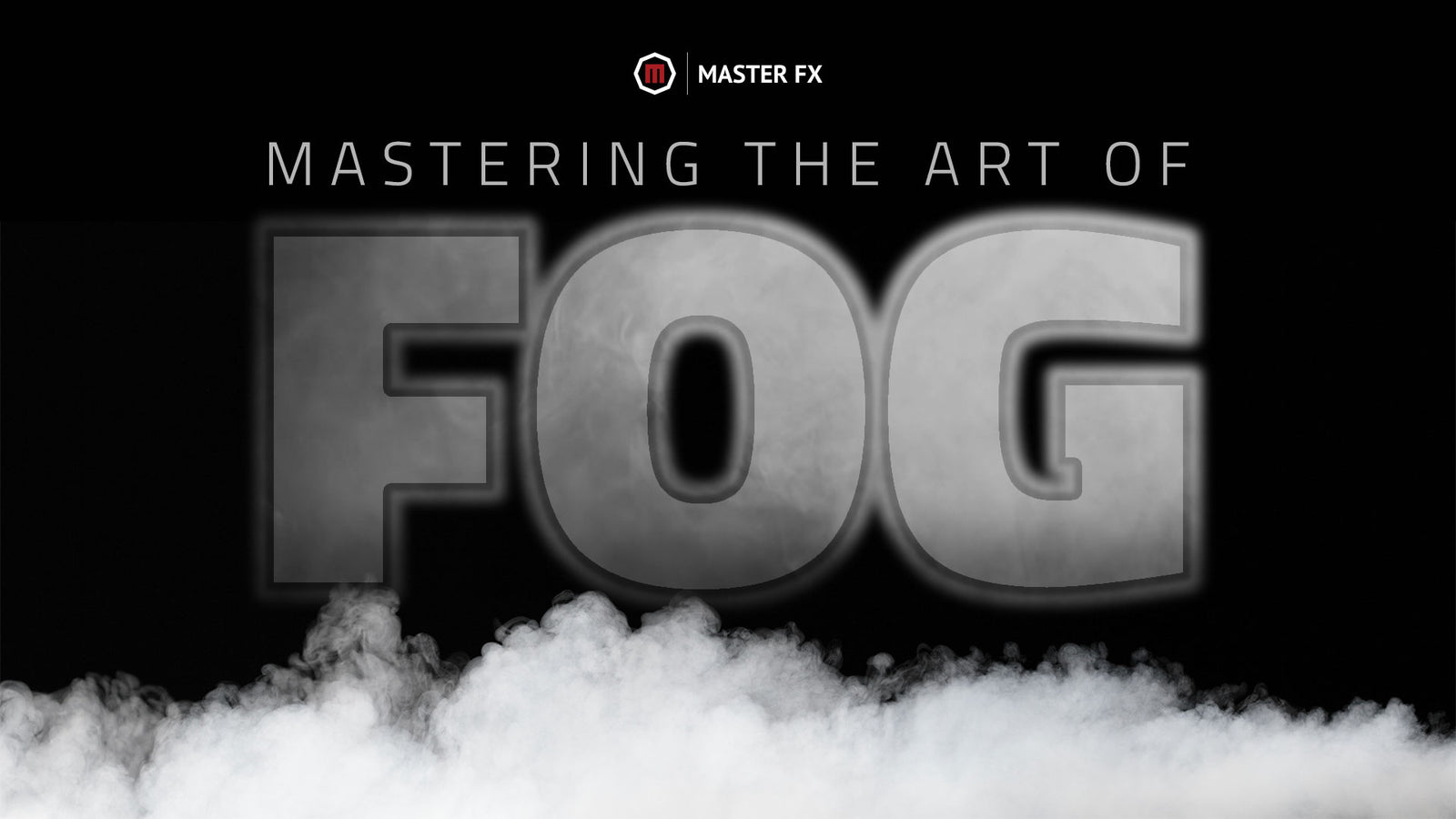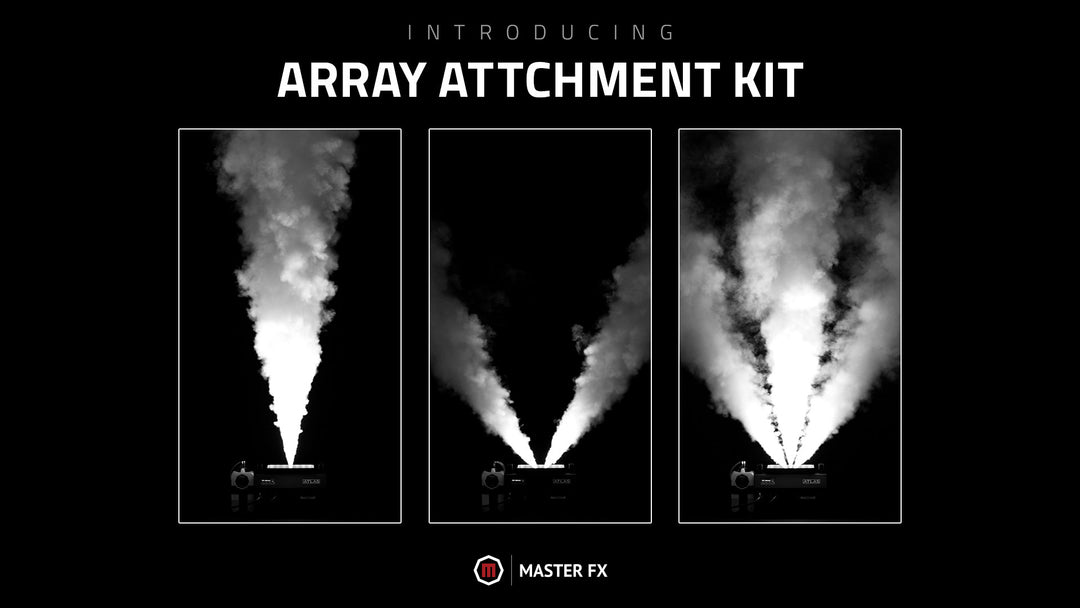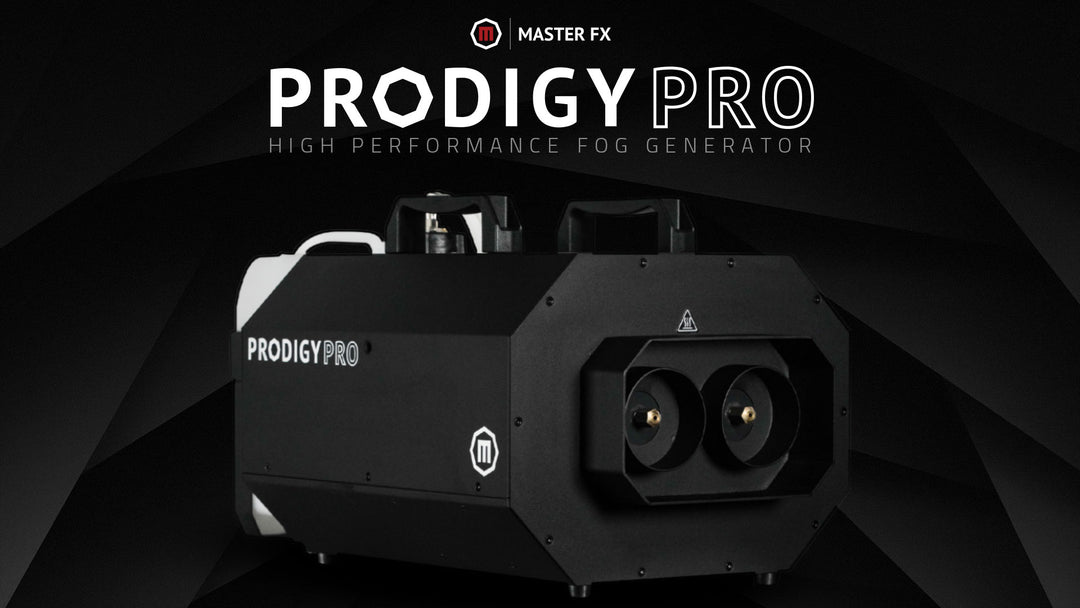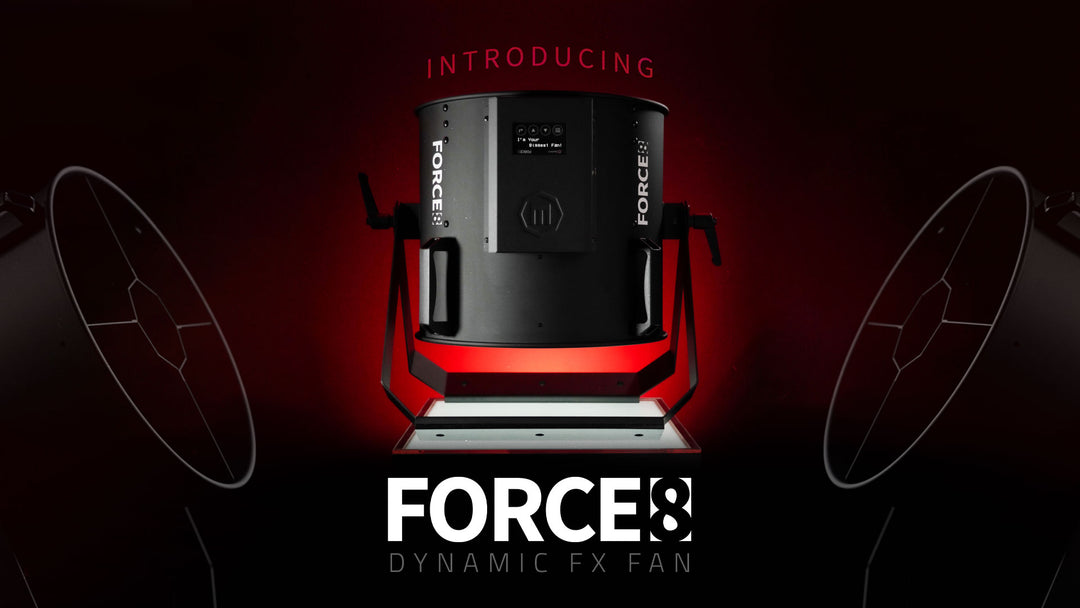Mastering the Art of Fog

Fog is an influential and versatile element when designing special effects. It can create atmosphere, depth, and intrigue in any setting, whether you’re working on a theatrical production, a themed event, or a professional training exercise.
Broadly speaking, there are three main types of fog fluids: quick-dissipating, long-lasting, and low-lying. Each unique fluid is formulated to achieve a specific effect, varying in hangtime and density.
The Masterminds at Master FX have compiled this comprehensive guide that covers the different types, how they can be utilized, and tips and techniques to maximize your effectiveness. Are you ready to master your atmosphere?
Quick Dissipating Fog
As the name suggests, quick dissipating fog fluids create a momentary effect. Anywhere from 5 to 30 seconds in the air and everything in between, depending on which fluid you are using. Quick dissipating fog fluids are perfect for emulating transient effects such as steam effects, cryo blasts, and explosion smoke.
Explore Master FX Quick Dissipating Fog Fluids:
Cryo Burst: 5-10 seconds
Presto: 15-20 seconds
Apex: 30-35 seconds
Long Lasting Fog
Long-lasting fog fluids are the go-to option for a dense perpetual fog that reduces visibility. Their time duration properties are ideal for emulating weather effects like thick fog after heavy rain, ominous vibes for haunted attractions, dense clouds for concerts, and zero visibility conditions for fire and military training exercises. Airflow will significantly affect how long a fluid lingers, but some fluids can hang in the air for up to 3+ hours.
Explore Master FX Long Lasting Fog Fluids:
Classic: Medium Density – 45min hangtime
Code 6: High Density – 2hr hangtime
Code 6 Platinum: Extremely High Density – 3hr hangtime
Training Smoke: Zero Visibility – 3hr hangtime
Low-Lying Fog Fluid
Low Lying Fog is arguably the trickiest type to get right because there are many factors to consider. There are several ways to achieve low-lying fog, such as dry ice, co2, ultrasonic agitators combined with distilled water, and refrigeration. The fundamental principle behind low-lying fog fluid is the interaction between hot fog and cold air. The fog machine heats the fog fluid to convert it into a vapor; the vapor is then combined with cold air or dry ice to rapidly cool it down. As a result, the vapor condenses into tiny water droplets, creating a dense fog that stays close to the ground.
When designing low-lying fog, it is important to consider airflow as a significant factor. No matter how cold your fog is, one gust of wind will quickly whisk it all away. Therefore, low-lying fog effects are best achieved in controlled indoor settings. Should Master FX manufacture a low-lying fog generator?
Explore Master FX Low-Lying Fog Fluids:
Ground Clouds: Thick Density – 30 seconds to dissipation
Ground Clouds Pro: Extremely Thick Density – 45 seconds to dissipation
How Temperature Effects Fog
It’s important to use the right temperature settings on your fog machine to avoid problems. Each fog fluid has a unique composition that affects its viscosity and requires a specific temperature for optimal vaporization. If the temperature is too low, the fog won’t fully vaporize and can leave a residue. Conversely, if the temperature is too high, it can create unpleasant burning odors or even toxic fumes. It’s also essential to use the appropriate fog machine for the fluid, as some machines are designed to work with specific types of fog fluids and may not be compatible with others.
It’s not only machine temperatures that will play a part; humidity, climate, and external sources like wind can significantly affect fog behavior. For example, humidity plays a role in fog dispersion because it directly affects the evaporation rate. Higher humidity levels can cause fog to dissipate more slowly, making it denser and more persistent. Conversely, low humidity levels can quickly dissipate fog, producing a thinner and more transient effect.
When it comes to special effects design, fog can elevate your work to new heights and create a truly immersive experience for your audience or participants. Understanding the differences between quick-dissipating, long-lasting, and low-lying fog fluids and their optimal temperature settings is essential to ensure your fog effects are effective, safe, and visually stunning.
Need some help figuring out which fluid is best for you?

For more information, please feel free to contact us. We are always happy to help. This isn’t just our job; it’s our passion!
877-578-6577



